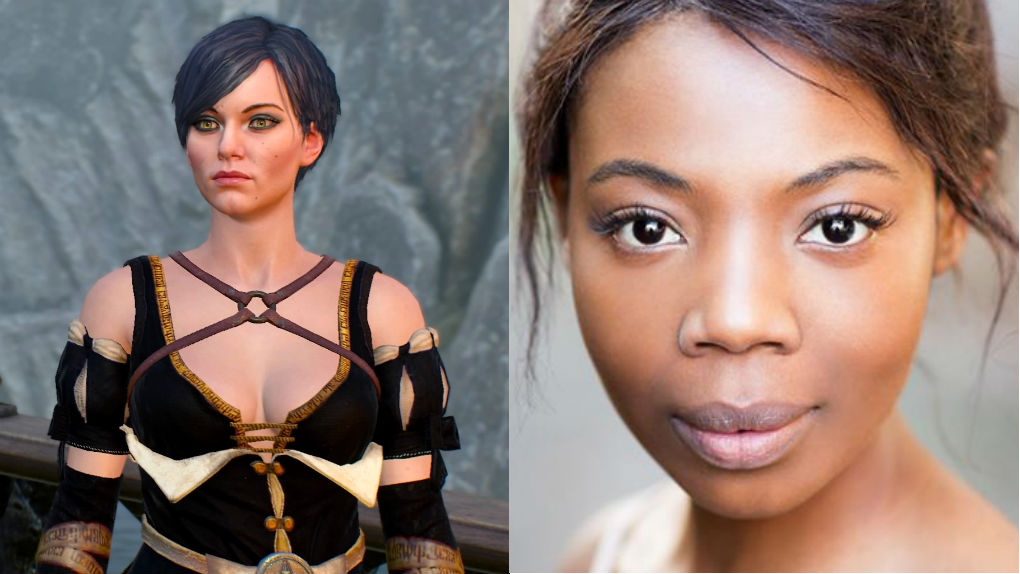At the beginning of the project I focused on how to give replayability to the game, how to make each run feel different so that the player had a reason to return to the game.
This is where the concept of the relics of our game arose, objects that will randomly give the player a different advantage each time they play.
After several iterations and the development of the project, the relics grant an elemental advantage (fire, ice, earth ...) that inflicts a type of disadvantage (slow, stun, burn ...) to the enemies.
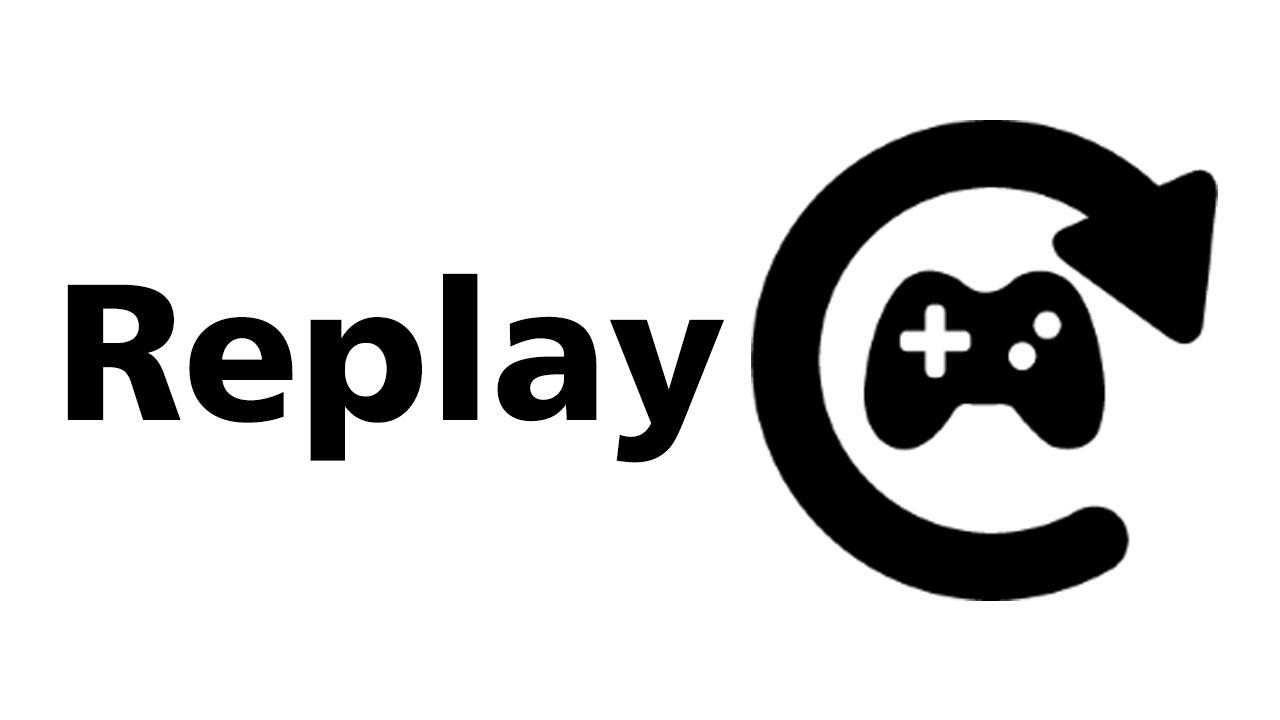
In the project, one of the main jobs I've been doing is designing the enemies of the game. Enemies that given the short period of time that we have must be able to be used from the tutorial level to the final level, varying the difficulty of the encounter to the multiple combinations of these enemies, thus with a lesser variety of enemies we achieve a progression for the player.
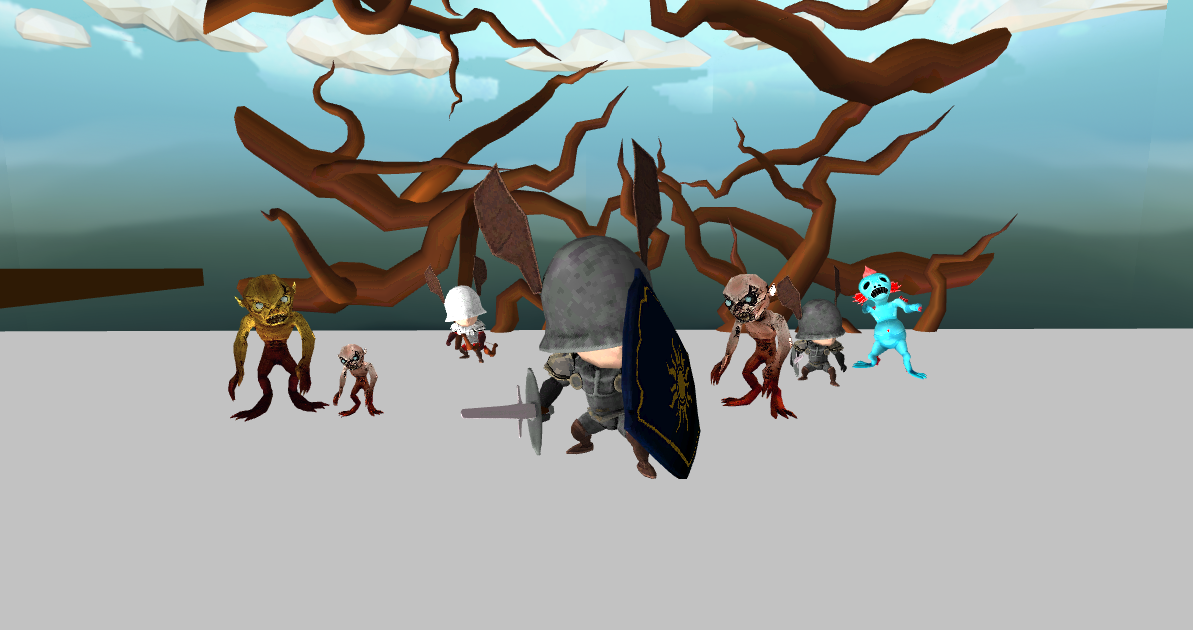
One of the simplest enemies in the game with the basic mechanic of chasing the player and attacking melee.
The second soldier will simply attack from a distance with arrows and will try to flee if you get close to him.
Acting as mini-boss in our game, this enemy has the advantage of not being interrupted when hit and with the ability to be invulnerable from the front if he blocks with the shield.
Enemy that starts the battle by jumping on the player and in case he tries to escape from it he will chase them trying to jump on them again.
This enemy similar to the basic ghoul starts the combat with the same jump mechanics but unlike the previous one, randomly, when the player is going to hit it, it will jump backwards to evade this attack.
Identical mechanics to the ghoul basic but with the small difference of the size of the enemy, being very small loses the ability to interrupt the player when he makes an attack.
Static enemy whose main mechanic is to get in and out of the ground while firing projectiles at players. This enemy will hide when the player approaches to attack and will leave when the player moves away.
Once the enemies were defined, we faced the problem of giving them a little more intelligence so that the player could not destroy them once he started hitting. To solve this problem, we defined a battle circle that limits the number of enemies that can hit the player and the enemy position, giving the player the possibility to reposition and face combat again.
By implementing the battle circle together with various iterations of positioning and balancing the enemies, using the feedback collected in the playtesting sessions, we have obtained the current result of the game in which the player can enjoy defeating all the enemies of the game.
Facing the challenge of the bosses I found the possibility that the boss I was designing could become not only the boss of a level but the final boss of the game therefore he had to test both the skills introduced in the level as a level of mastery commensurate with what a final level of the game would require.
Taking this into account the design of the first boss, the Leshen, was raised as a boss that would test the player especially at the endurance level creating a longer combat compared to all those who faced previously in the game, in the same way he will ensure that they have mastered the basic mechanics of the game such as attack and dodge.
The Leshen is a single phase boss that has 3 abilities, a project in the form of a flock of crows, a rooted one that chases the player and catches him, and an invulnerable form in which if he comes into contact with the players he damages them.
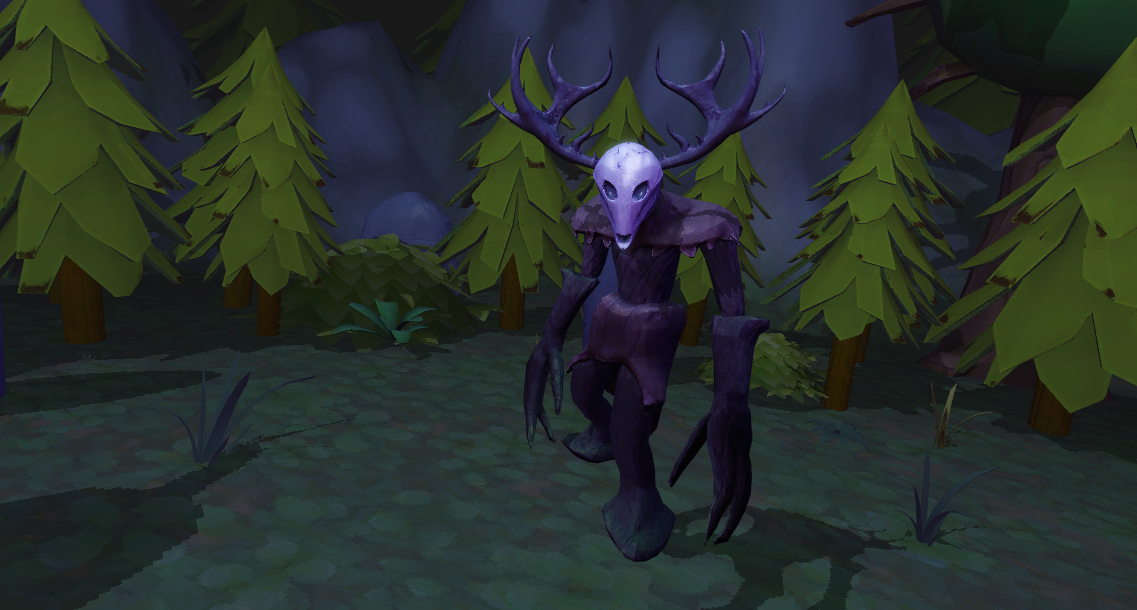
When designing Ciri, the possibility that this could be the final boss of the game was very high, therefore, the design of this boss was raised to give a great spectacularity to the combat at the same time that the boss with his continuous attacks gives a lot of tension to the players.
Ciri is a boss with multiple phases, 3 in particular, in which ciri clones by means of quick dashes approach the player and deliver a quick combo of attacks simulating 2 of the most characteristic abilities of the protagonists, Geralt and Yennefer, and a little area attack representing the classic Ciri scream. As the stages progress, the stage begins to rise and fall as the original Ciri levitating on stage throws rocks at both players and clones.
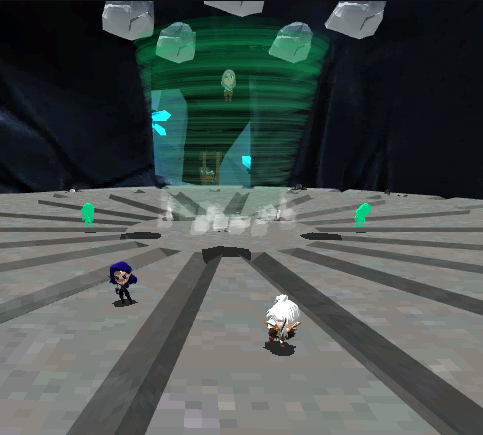
At the beginning of development when Geralt had a fairly stable set of combos and abilities, I was in charge of changing the concept of the abilities that had been thought for Yennefer, giving them an elemental theme similar to that of relics and a usability and characteristics more similar to those of which are the symbols of Geralt.
In the last weeks of development, we encountered the serious problem that the combat had not yet been sufficiently satisfactory as we wanted and to solve this problem, I did a small investigation that led to the conclusion of reducing the number of attacks that the combos contained from 5 to 3.
In those weeks, my work apart from these tasks was dedicated to balancing all the enemies, the two bosses and the combos and magics of the two main characters.
Upon reaching the last sprints of the project and performing multiple playtests, we concluded that Yennefer's set of combos was not satisfactory for the player, taking him to the extreme of wanting to leave the game, therefore, I was in charge of performing a complete rework of the character's combos.
In doing this rework I focused on achieving the feeling of control over the enemy that was raised when establishing the Yennefer bases without neglecting its main characteristic that is to be a medium-short range mage.
As an extra objective, all the Yennefer combos were raised with the possibility of when moving the enemy, maintain a continuity between combos, being able to link from one to the other without problems.
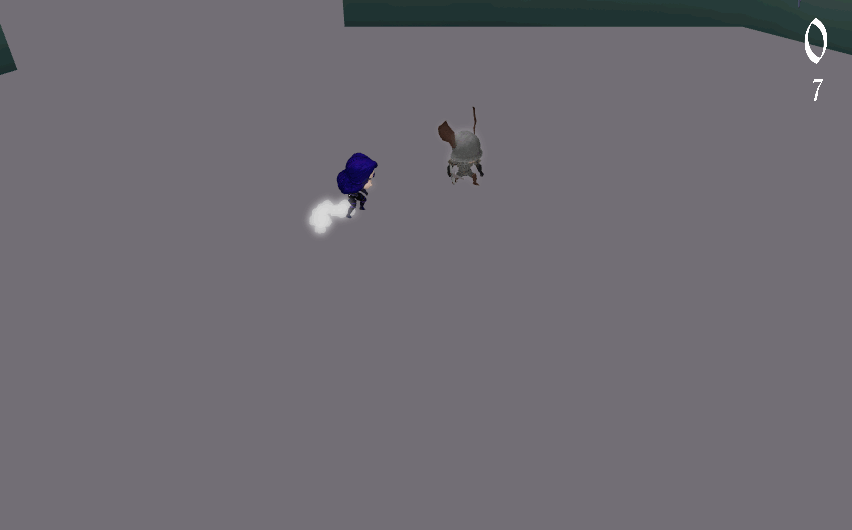
The Shaelmar was an enemy designed to be the level 1 mini-boss of the game that was discarded due to time constraints.
This enemy was based on performing a forward charge to press the player to dash and in this way train the player to dodge in this way preparing him to face Leshen.
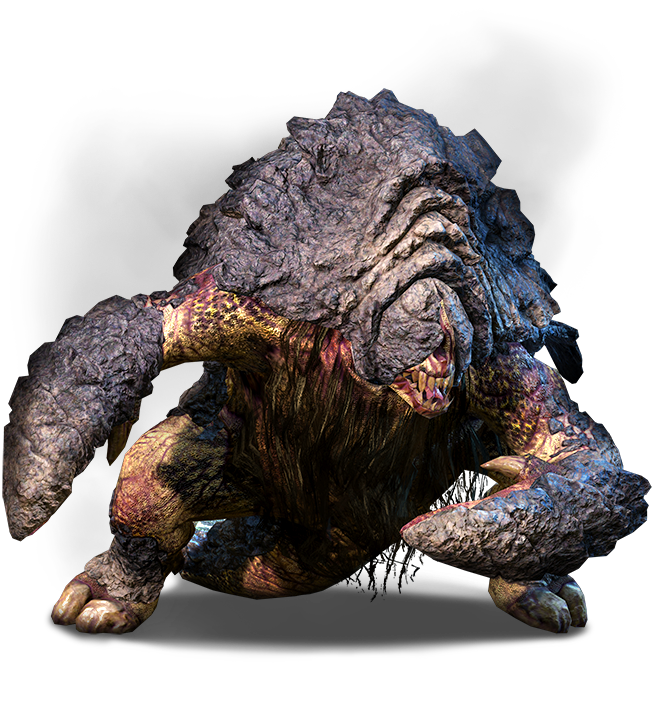
This character was designed with the basic idea that he could be used as a boss of a third level or as a mini-boss of the last level of the game but was discarded due to time constraints.
The design of Fringilla was a small challenge since if it was used as a boss of the second level it had to present a greater challenge than the Leshen, but in case it was used as miniboss of the Ciri level this implied that it had to present a much lesser challenge.
With this in mind, a boss was raised who focused on using projectiles of the different elements that we found in the game and some small areas that kept players moving much of the combat. In this way, with the multiple elemental debuffs, a more complex boss than the Leshen is conceived but a simpler mechanic was maintained at the level of avoiding attacks and getting position to attack.
